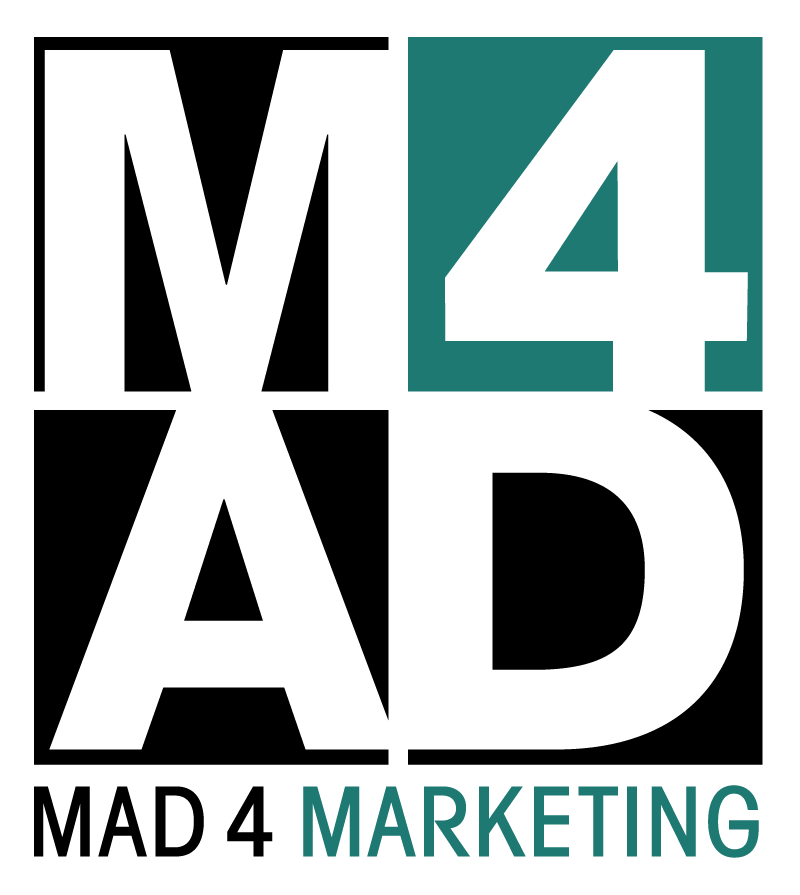Trying something before you buy it is important to many consumers—it’s fueled shopping experiences like Sephora and Costco for decades. In the absence of being able to try something and then purchase it right on the spot, however, we’ve settled for the ability to purchase something with a full-refund guarantee (“Try this for 30 days and you’ll love it, or your money back!”) or simply the convenience of free, fast, easy returns—like Amazon Prime.
But did you know that people are actually up to 2,000% more likely to buy something if they’ve sampled it first?
What’s the science behind this phenomenon? It’s more than a marketing technique!
In one sense, it’s psychological—and it centers on our feelings of empathy and guilt (especially if a salesperson is there handing the samples out). People might actually feel guilty about getting something for free—something they actually liked, in fact—and they’ll feel compelled to make a purchase.
In another sense, it’s simply because the person knows what they’re getting. They feel empowered, informed, and in touch with the brand or product. Connections and relationships are very important. You can subtly and incidentally forge a sense of loyalty to something just by spending a few seconds getting to know it better than other similar items. Plus, in a smaller way, if you try something that you really find pleasant, you might experience endorphins and just want more of the same. You might want to bring it home and share it with others.
The most important thing, however, is that there is no sense of coercion involved; there is no salesmanship involved in handing out samples. The greatest thing that’s being given out is opportunity, and this is truly what people are seeking when they work up the bravery to walk up to a counter or stand and ask about a product that’s being given away. Sometimes they just want information. Other times, they might have no interest in sampling that type of product at the time. Or even if they really loved it, they might not make a prompt purchase; for example, maybe a sneaky small bite of brownie was the best thing that happened to the fitness competitor that week, but they simply couldn’t buy a box of brownies due to their upcoming match. However, in another few weeks, they might find themselves back at the store to bring those brownies home!
One final thought that’s very important about the try-before-you-buy experience: The fitness competitor is extremely likely to go back to that same store to get those brownies, even weeks later! That’s because the store is the place where they had their good experience; they can be pretty certain the store carries the product they’re craving; and they even know which aisle to go to get it! In this sense, budding loyalty can extend even beyond one product, to a larger place, brand, or company. This is a chance to develop greater relationships over time.
What products or services could you offer as a way for clients or customers to try you out before they spend any money? How can they get to know you better? For great ideas that will have them coming back for more and nurturing relationships in the long run, reach out!

